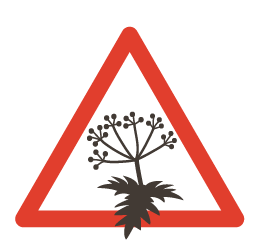Red swamp crayfish (Louisiana crawfish) – Procambarus clarkii
- Overview
- Images
- Identify
- Biology
- Taxonomy
- Occurrence
- Specimen
- Invasive alien species

Description
Names in Europe: red swamp crayfish, Louisiana crayfish, Chinese river crayfish (as a frozen product name)
Names in America: red swamp crawfish, Louisiana crawfish, mudbug
The red swamp crayfish can grow up to 15 cm long, but is usually caught when around 10 cm long. The life span of cultivated crayfish is typically 1 or 2 years only, but they can live for up to 6 years in the wild. This aggressive and invasive species reproduces efficiently and digs deep burrows. In its burrow, the crayfish is able to tolerate completely dry spells lasting months. It is also able to succeed in wetlands that are only seasonally flooded.
A 10 cm female can produce as many as 600 eggs twice a year in favourable conditions, which means that it proliferates quickly in suitable habitats. It tolerates a wide range of conditions well, including brackish water in estuaries. It has been estimated to be the most ecologically plastic species belonging to the order Decapoda. Although it is a warm climate species, it is able to survive in waters that freeze in winter, for example. It is mainly present in wetland areas in low-lying areas, in mires, irrigation channels and slowly flowing rivers, but in Spain it is even present at altitudes 1,200 above sea level. The red swamp crayfish is farmed in paddy fields, for example.
Description text authors:
Esa Erkamo (Luke) – published 16.3.2016.
The map represents observations of this taxon, but it may not be used as a distribution map.
- Total squares
- punarapu (Finnish)
- röd sumpkräfta (Swedish)
- Red swamp crayfish (English)

| Establishment | Does not occur in Finland |
|---|
Invasive alien species of Union concern (EU 2016/1141; 2017/1263; 2019/1262; 2022/1203) ?
- Risto Väinölä
- Crustaceans
- Macrocrustaceans
- Crabs, shrimps and crayfishes